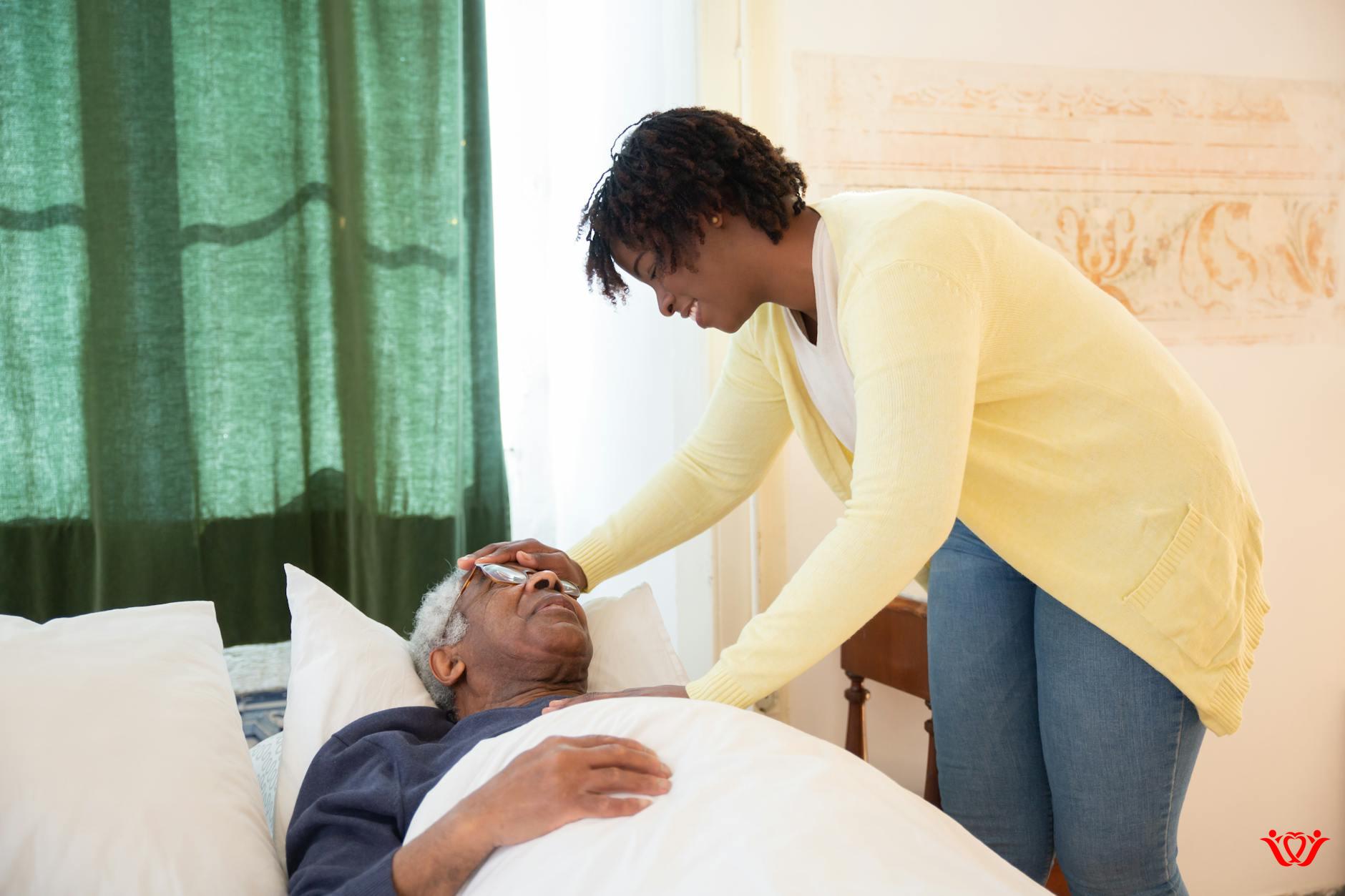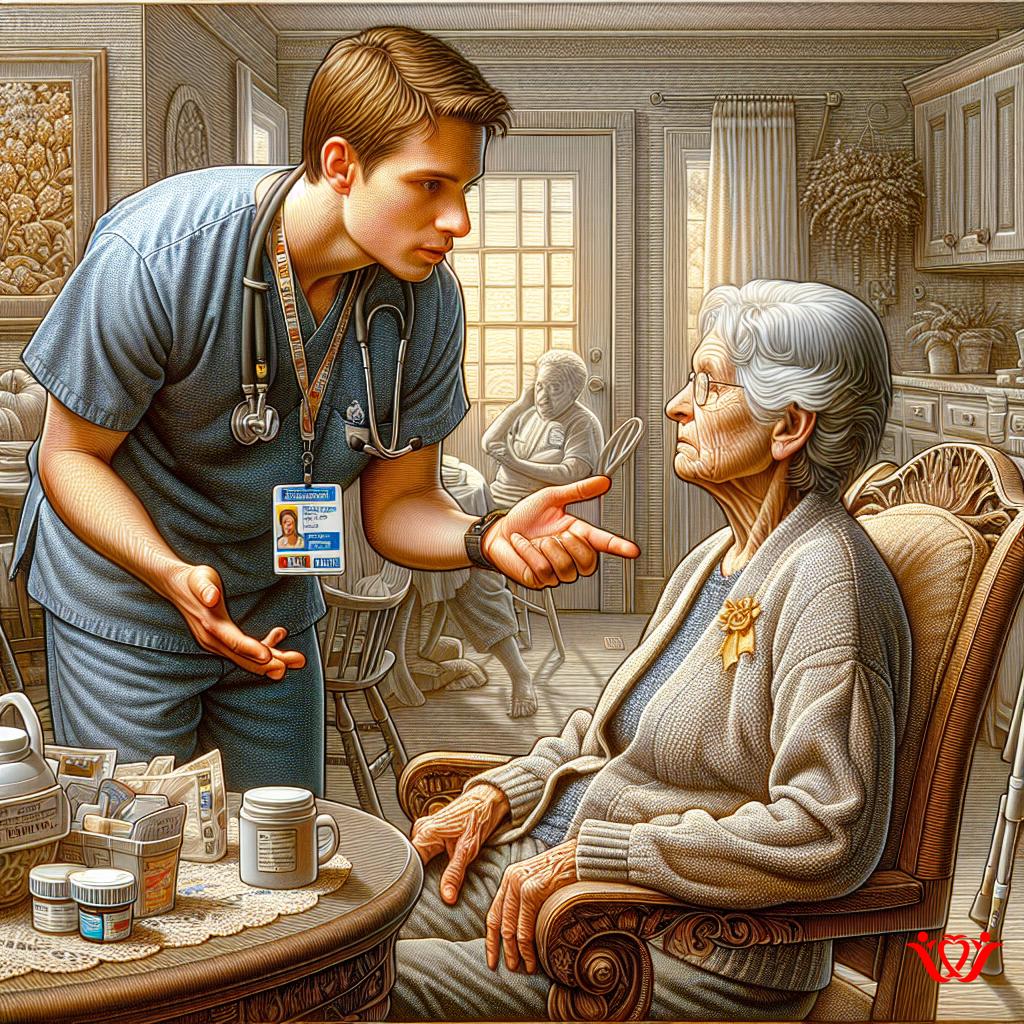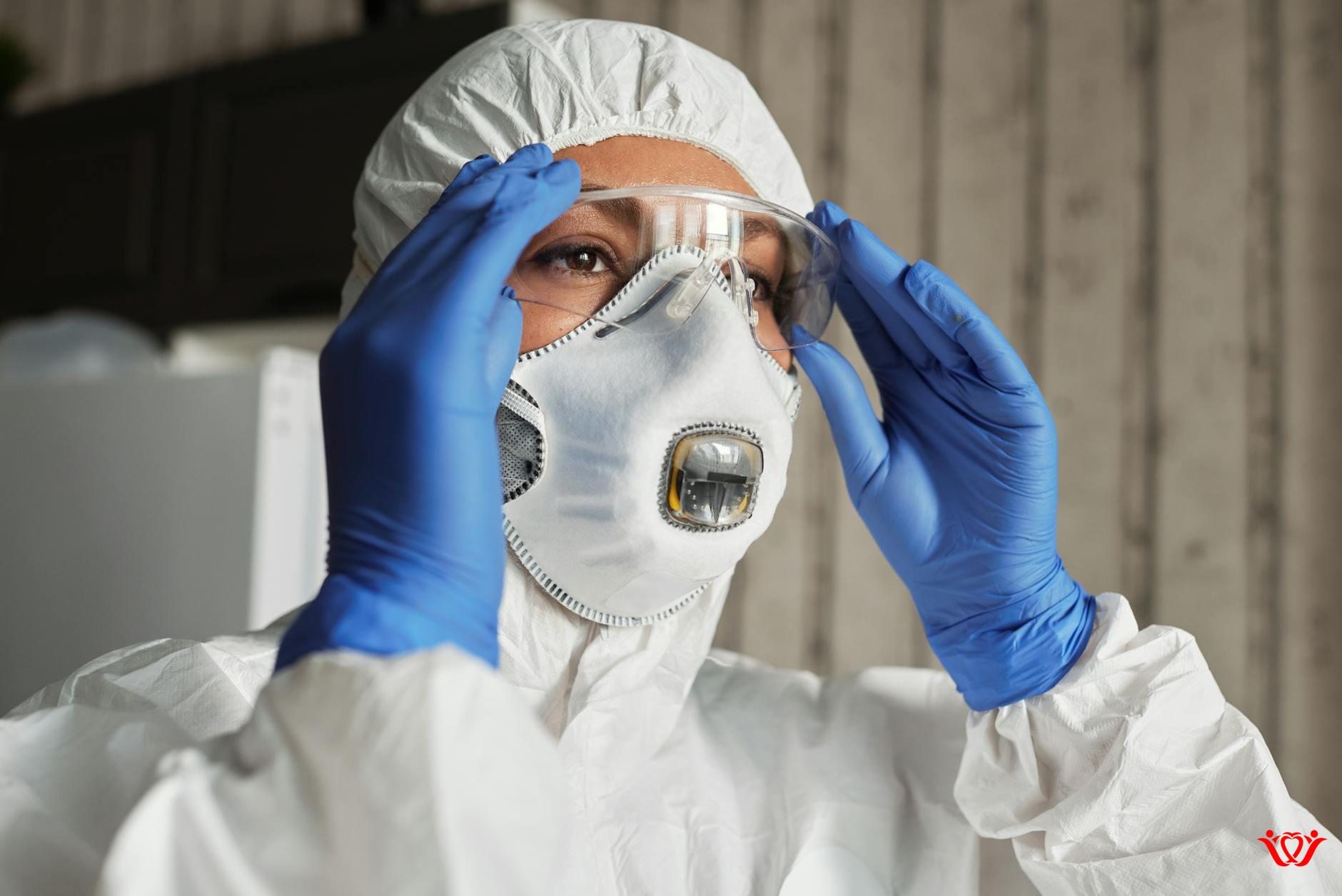
Understanding the Importance of Safety
As a home health aide, you play an essential role in the healthcare system by providing personalized care to individuals in their homes. While this work is rewarding, it also comes with its unique set of challenges, especially concerning personal safety. Ensuring your well-being enables you to perform your duties effectively and provides peace of mind.
Preparing for Home Visits
Conducting Risk Assessments
Before visiting a new client, it’s important to conduct a thorough risk assessment. This involves gathering information about the patient’s condition, the environment you will be working in, and any potential hazards. Be mindful of the neighborhood and discuss any concerns with your agency or supervisor before the visit.
Communicating with Clients and Families
Clear communication with clients and their families can help set expectations and create a safer environment. Discuss any safety concerns you might have and agree on protocols, like how to handle emergencies or maintain contact during visits.
Ensuring Personal Safety During Visits
Trusting Your Instincts
Always trust your instincts when entering a client’s home. If something feels off or unsafe, don’t hesitate to leave and contact your supervisor. It’s better to err on the side of caution.
Staying Aware of Your Surroundings
- Keep track of exits and ensure they are accessible.
- Avoid handling large amounts of cash or valuables during visits.
- Stay alert and be aware of any changes in the client’s behavior or environment that might indicate a risk.
Using Proper Body Mechanics
Home health aides often face the risk of injuries due to improper lifting techniques. To prevent this, always use proper body mechanics: bend at the knees, keep your back straight, and use your legs rather than your back to lift.
Leveraging Technology for Safety
Modern technology offers several tools that can enhance your safety:
- Mobile Safety Apps: Apps like bSafe or Noonlight can alert trusted contacts if you’re in danger.
- GPS Tracking: Use GPS services to let your agency or family know your location during visits.
- Communication Devices: Keep a phone or radio on hand for emergencies.
Self-Care and Mental Health
Recognizing Burnout
Being a caregiver can be emotionally and physically taxing. It’s important to recognize the signs of burnout—such as chronic fatigue, irritability, or a sense of detachment—and address them promptly. Consider professional counseling or support groups if needed.
Maintaining Work-Life Balance
Ensure that you have a healthy work-life balance to avoid feeling overwhelmed. Make time for hobbies, social activities, and exercise to maintain your personal well-being.
Additional Resources
For more information about safety practices, consider visiting reputable sources like the Centers for Disease Control and Prevention or the Occupational Safety and Health Administration for guidelines and tips.










0 Comments